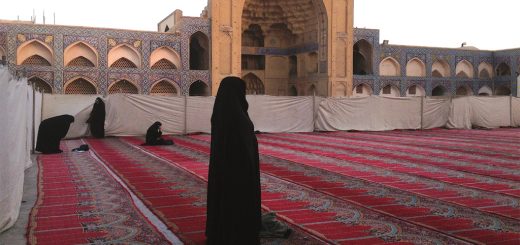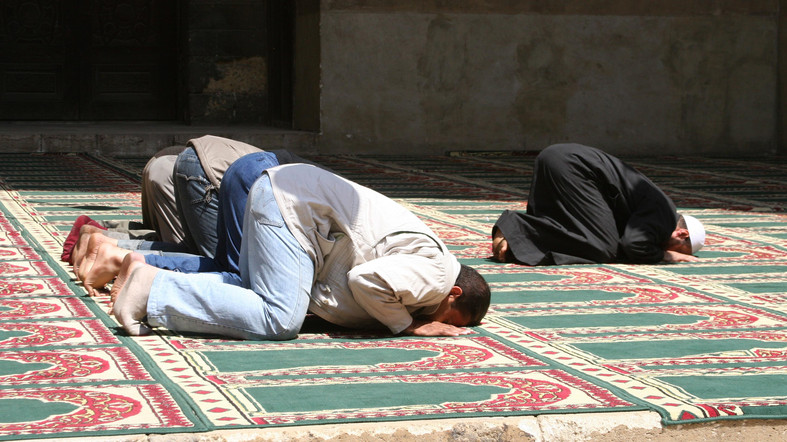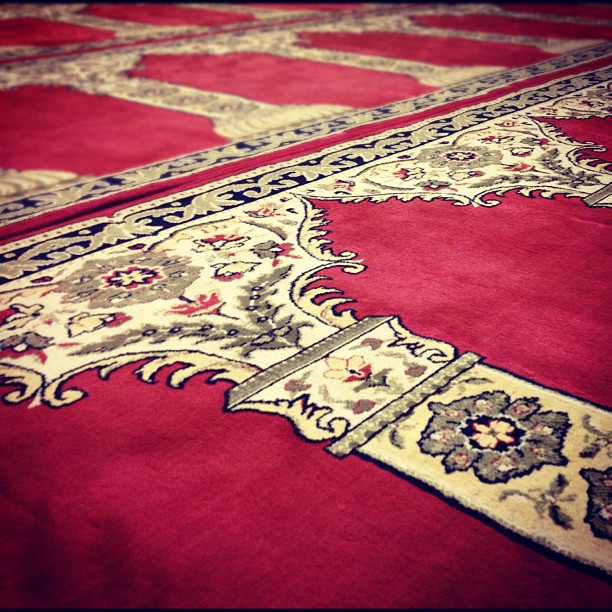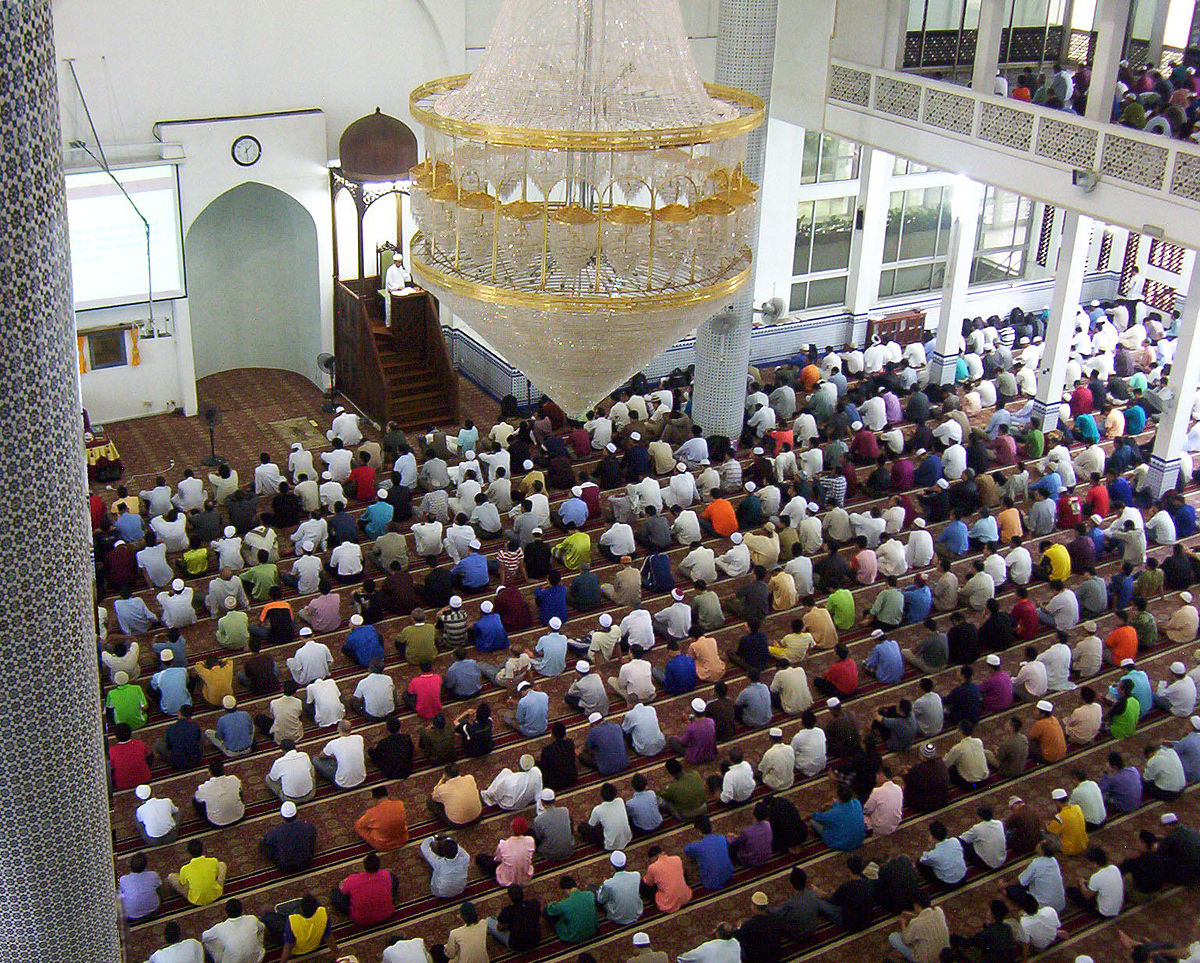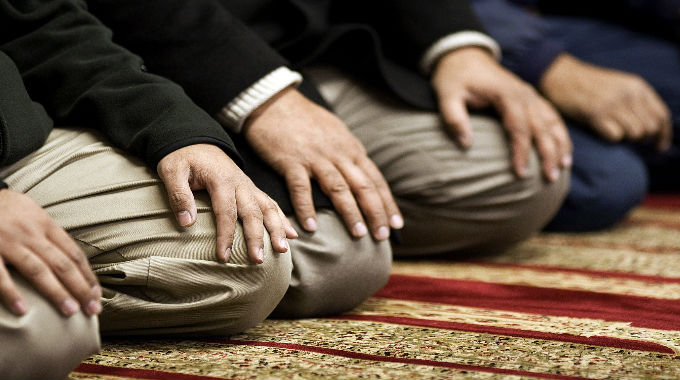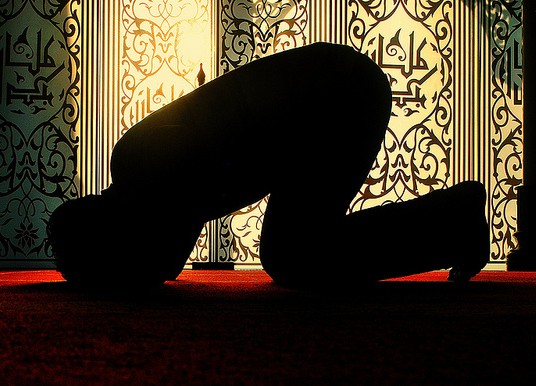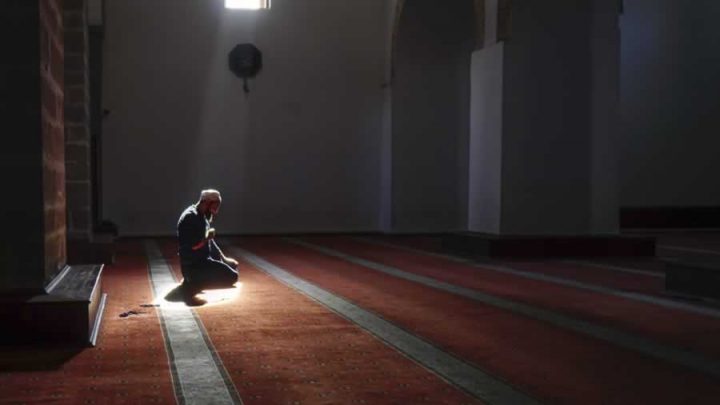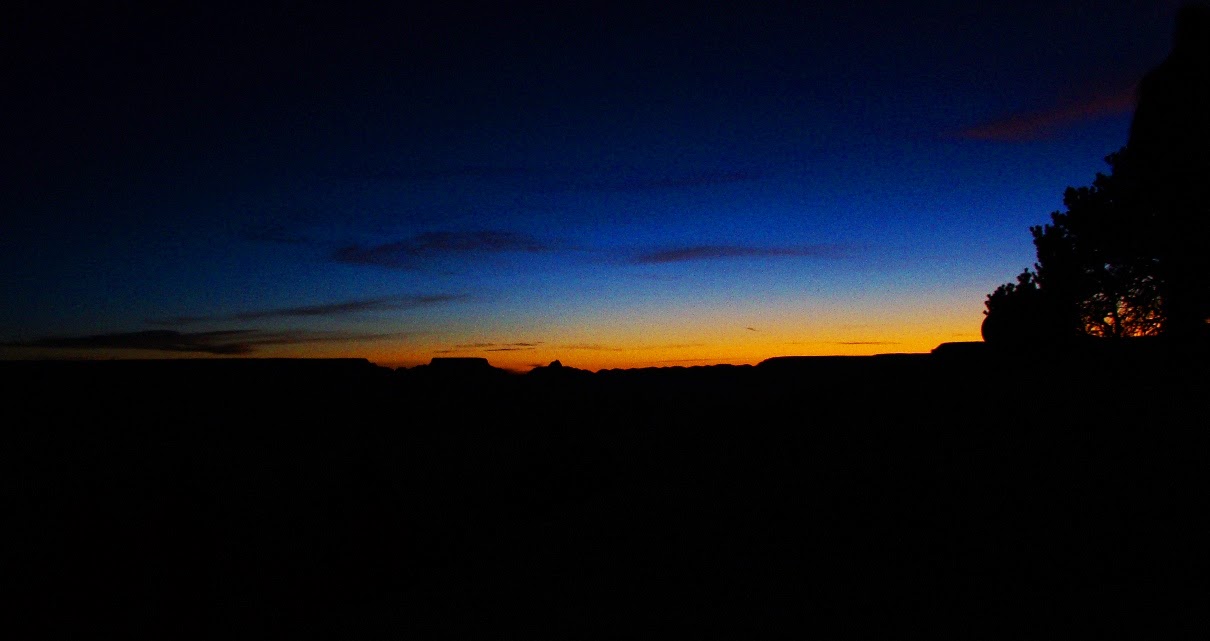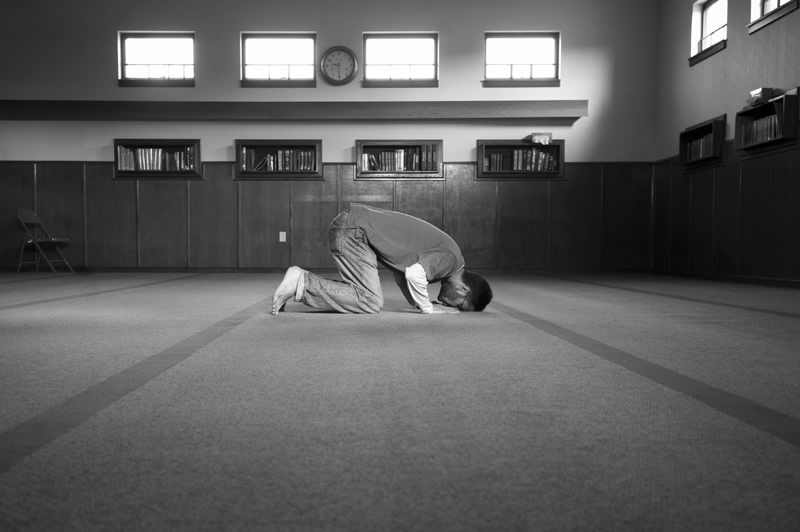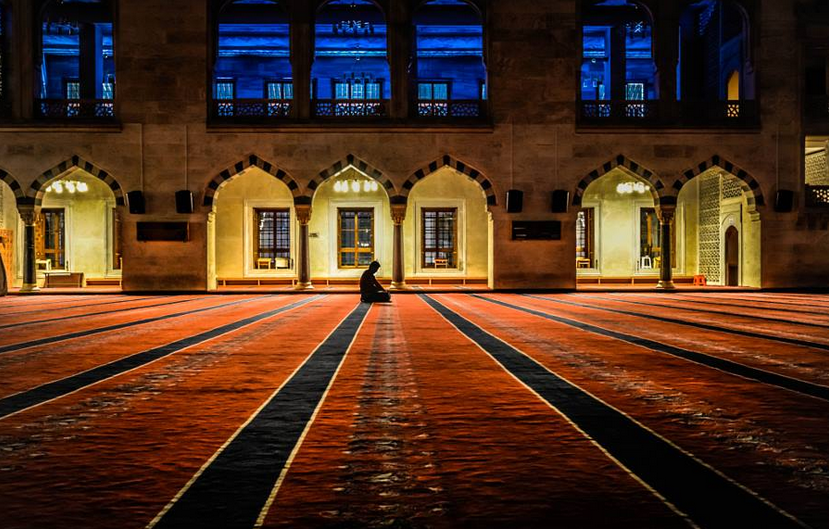QUESTION:
What do the scholars of the Din and muftis of the Sacred Law state regarding the following issue: A person offers salah (the ritual prayer) in a room containing pictures of living objects. What is the ruling on his prayer? What is the ruling if the pictures were placed behind the person offering salah? It would be very kind of you if you would provide an answer with a complete research on this issue.
Questioner: Nizam from England
ANSWER:
بسم اللہ الرحمن الرحیم
الجواب بعون الملک الوھاب اللھم ھدایۃ الحق والصواب
If a full-body picture of a living object is hung, out of respect, in front of the one offering salāh, or there is a picture on the place of sajdah (prostration) in the praying area, and the person is prostrating on it, then the salāh is makrūh tahrīmī (prohibitively disliked). If there is a half-body picture or that of only the face, in front of the one offering salāh, then it is makrūh tanzīhī (disliked but neither forbidden nor recommended). If a full-body picture is not in front of the one offering salāh, but rather on the right or left, or on the top (on a wall or the ceiling), or behind, and is placed out of respect, the salāh will be makrūh tanzīhī, even though putting up such pictures is makrūh tahrīmī and impermissible. Similarly, if there is a picture in the prayer area other than the spot of sajdah, it is makrūh tanzīhī.
If the picture is so small that the details of its parts are not visible and it is kept on the ground and seen whilst standing, or if it is in a place of disrespect (on the ground or carpet), or if the facial part of the picture has been rubbed or cut off, or if it is hidden in a cloth, or if it is of a non-living object, then in all these cases praying in the room is permissible without any dislike.
If the room contains a half-body picture, it will be makrūh tanzīhī to offer salāh in such a room, even though hanging such pictures out of respect is makrūh tahrīmī, just as the Imām of the Ahl al-Sunnah, Imām Ahmad Ridā Khān (may Allāh shower mercy upon him) states in this regard,
“فتعلیق امثال صور النصف او وضعھا فی القرازات وتزیین البیت بھا کما ھو متعارف عندالکفرۃ و الفسقۃکل ذالک مکروہ تحریما و مانع عن دخول الملائکۃ وان لم تکرہ الصلاوۃ ثم تحریماً بل تنزیھاً“
“The hanging of half-body pictures, treasuring them, decorating the house with them, etc. just as is popular among the disbelievers and sinners, are all makrūh tahrīmī and are acts that stop the angels from entering the home. However, the salāh offered will not be makrūh tahrīmī, but it will be makrūh tanzīhī.”
[Jadd al-Mumtār, vol 2, pg 366]
If the picture is in a spot other than that of performing the sajdah, then the salāh is makrūh tanzīhī, just as the Imām of the Ahl al-Sunnah, Imām Ahmad Ridā Khān (may Allāh have mercy upon him) states that,
“الصلٰوة علی سجادۃ فیھا تصاویر اذا لم یسجد علیھا نفی الامام محمد الکراھۃ فی الجامع الصغیر، واثبتھا فی الاصل والکل صحیح بالتوزیع ای یکرہ تنزیھا لاتحریما“
“In al-Jāmi’ al-Saghīr, Imām Muhammad has negated the karāhah (dislike) of salāh offered on a prayer mat containing pictures that one does not prostrate upon. However, its karāhah has been proven in Kitāb al-Asl; all of this is correct according to classification. The salāh will be makrūh tanzīhī and not makrūh tahrīmī.”
[Fatāwā Ridawiyyah, vol 24, pg 614]
If the picture is in a place of disrespect, then salāh is permissible without any karāhah, just as the Imām of the Ahl al-Sunnah, Imām Ahmad Ridā Khān (may Allāh have mercy upon him) states that,
“نعم فی بساط غیرہ لایکرہ اذاصلی علیہ ولم یسجد علیھا وان لم تکن تحت قدمیہ بل ولوکانت امامہ لوجودالاھانۃ مطلقا مع عدم التعظیم“
“If one offers salāh on a mat with a picture and does not prostrate on the picture, then there is no karāhah. (This holds true even if) the picture is not under his feet but is in front of him, because in this case there is absolute disrespect of the picture and no veneration in any sense.”
[Fatāwā Ridawiyyah, vol 24, pg 616]
Thus, we conclude that when there is a picture in the room, salāh will be makrūh tahrīmī in only two cases:
- If it is a full-body picture of a living object and is hung—out of respect—in front of the one offering salāh.
- If the picture is on the spot of prostration and the person praying prostrates on it.
If this research is kept in mind, a lot of secondary issues concerning pictures can be solved.
واللہ تعالی اعلم ورسولہ اعلم صلی اللہ علیہ وآلہ وسلم
کتبہ ابو الحسن محمد قاسم ضیاء قادری
Answered by Mufti Qasim Zia al-Qadri
Translated by the SeekersPath team
Read the original Urdu answer here – [Q-ID0390] I prayed in a room that had pictures on the wall, do I need to repeat the prayer?
What does Makruh Tanzihi and Makruh Tahrimi mean? – read here
Also see:
[Q-ID0449] Can I enter the Masjid and pray wearing a t-shirt that has images on it?
[Q-ID0412] Can I buy dolls, plastic babies & cartoons for my children? Can I pray around them?

